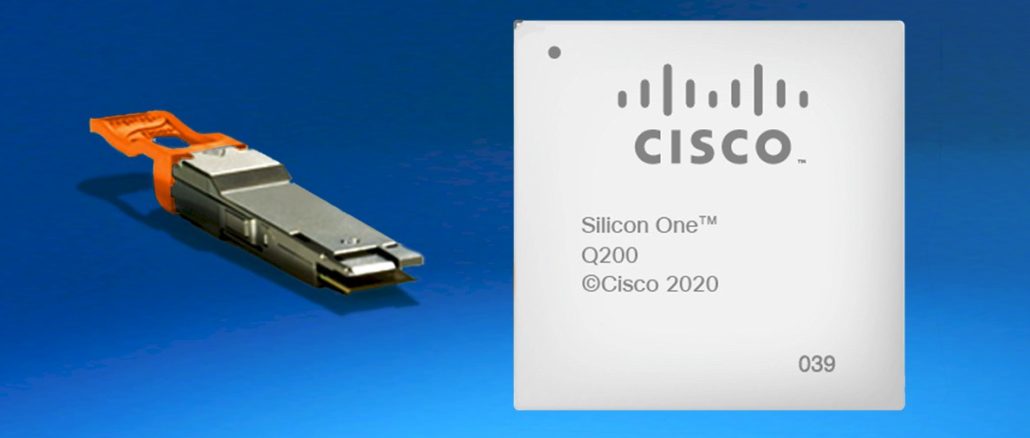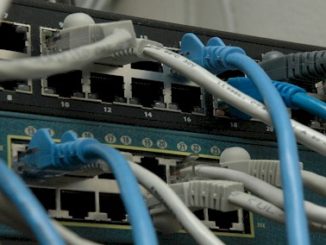
In 2019, Hewlett Packard Enterprise was the first top-tier tech vendor to make the plunge, announcing that it planned to make its entire portfolio – all of its hardware as well as software – available as a service by 2022, leveraging its GreenLake hybrid cloud platform to answer the call to make the on-premises datacenter experience as cloud-like as possible. Others soon followed, with Dell in October 2020 unveiling Project Apex and leading an everything-as-a-service effort with its Storage-as-a-Service offering that will be available in the first half of this year.
Over the course of the past year, Pure Storage also has been vocal in promoting its as-a-service efforts as the line between the cloud and on-premises datacenters continue to blur as adoption of hybrid cloud strategies grow. Big cloud providers like Amazon Web Services (Outposts), Microsoft Azure (Azure Stack) and Google Cloud (Anthos) are reaching into the datacenter to enable enterprises to run their cloud services on premises, while tech vendors continue to extend the reach of their offerings into the cloud via partnerships and integrations.
In the almost six years that Chuck Robbins has been chief executive officer, Cisco Systems – like many of its peers – has aggressively moved to transition from their heritage of simply selling hardware to become more software and solutions providers, which has included embracing software-as-a-service (SaaS). It’s worked for Cisco. According to its latest quarterly earnings announcement in February, software revenue came in at $3.6 billion, with 76 percent of that sold via subscription.
That as-a-service focus has expanded to include hardware, enabling organizations that had for decades spent money upfront to buy datacenters systems – which they then had to deploy, manage and upgrade as needed – to now acquire them through subscriptions, with the much of the burden of maintaining and upgrading them fall on the vendor. Robbins said last year that Cisco had begun the process of making it possible for enterprises to buy any of its products as a service, something the vendor reiterated to us in late October. It’s something that Cisco had already done with its vast collaboration portfolio, where the hardware is now widely available as a service.
Cisco is now stepping fully into the breach. On the first day of its virtual Cisco Live event on Tuesday, the company introduced Cisco Plus, a program designed to enable enterprises to buy everything from its portfolio – from computer, storage and networking to security, software and observability tools – through subscriptions.
First to come to market will be Cisco Plus Hybrid Cloud, which will be available in the middle of this year and will include Cisco entire datacenter compute, networking and storage portfolio as well as storage and software from other vendors. Given that it’s a service, the hybrid cloud offering will be available via a flexible consumption model – organizations will pay for what they use – and will include a range of support services from Cisco. There’s also flexibility available in the planning, design and installation of the offering and includes commitments from zero percent to 100 percent in usage.
Leading with the hybrid cloud solution makes sense, given the rising adoption of hybrid cloud initiatives by organizations, a trend that has only accelerated over the past year of the COVID-19 pandemic. IT management solutions provider Flexera, in its annual cloud report earlier this month, said that 80 percent of enterprises have hybrid cloud strategies, while 92 percent leverage multiple clouds. Ninety percent of survey respondents expect to exceed their planned cloud use due to the pandemic and 54 percent of enterprise workloads will be in the cloud within the next 12 months.
“What we’ve seen for our customers is just anything that they can do to increase the agility of their company and the flexibility their operations they are looking for,” Kip Compton, senior vice president of strategy and operations for Cisco’s Enterprise Networking and Cloud business, tells The Next Platform. “Their IT infrastructure is obviously a key part of that. We’d like to believe it’s an enabler, although if it’s not done right, it can also be a barrier to some of that flexibility. One of the areas that customers really want that flexibility is in how they consume technology and, in particular, not having to make big multi-year capital investments up front in the face of the kind of uncertainty that people are facing is a real demand. And then the ability to pay only for what they use, which gives them the flexibility to have more capacity ready in case they need it, is another key element.”
However, even as the Cisco Plus Hybrid Cloud will launch first, much of Cisco’s focus at Cisco Live is on its burgeoning network-as-a-service (NaaS) strategy. This isn’t surprising given Cisco’s history as the top networking provider in the world and the company sees this as a key differentiator from HPE, Dell and other vendors moving deeper into the as-a-service world.
“The first offers in the industry have been compute and storage offers,” Compton says. “That’s because there is a direct analogy with what the cloud has provided. You can go get compute and storage in the cloud and pay by the drink, if you will, right now. That’s a very direct analogy, that people have looked for compute storage in their local datacenters that way. Those are the offerings you see out in the market in this area. It’s also the first offer that we’re making available under Cisco Plus.”
However, NaaS is a nascent market and Cisco is “taking some of that same thinking to how people think about their network and, in particular, making it so they don’t have to make big capex investments up front or big bets on where things are going, but instead be able to work with Cisco and our partner ecosystem to consume networking technology and services in the same sort of flexible way.”
The first NaaS offering under the Cisco Plus umbrella will be a secure access service edge (SASE) available as a service coming out later this year. SASE essentially is an evolution of the edge in which both the WAN and security capabilities – such as zero trust and cloud access security broker (CASB) – are delivered as cloud services to where the connection is rather than to a core datacenter. Like other networking vendors, such Juniper Networks and Arista Networks, Cisco offers a range of networking software as a service. The key change will be that with the Cisco Plus NaaS offerings, it will include the hardware in the unified subscriptions.
Cisco already has a SASE offering, where an enterprise can buy the Viptela or Meraki software-defined WAN (SD-WAN) equipment and get the software – such as the Umbrella and Duo security solutions – as a service. With the Cisco Plus SASE offering, the hardware will be rolled into the subscription and now will include the network monitoring capabilities from ThousandEyes, which Cisco bought last year reportedly for about $1 billion. In addition, organizations that buy the SASE solution now can migrate to the as-a-service offering when it becomes available.
“Meraki has a software-as-a-service component to it with the Meraki Dashboard,” Compton says. “But as we bring that into the Cisco Plus framework, today you would buy your Meraki equipment, whether that’s the security appliances or the switches or the wireless access points or even the new cameras or IoT [Internet of Things] sensors. You buy those upfront as a capital investment and then you subscribe to the licensing in the Meraki Dashboard that enables you to automate and manage that stuff. In the future with Cisco Plus, you’ll just pay a subscription fee. You don’t have to buy up front. You don’t have to take ownership of assets. Those are rolled into your subscription. Cisco will upgrade those and maintain those as part of your predictable monthly or quarterly subscription fee. It really just takes the Meraki model to the next level.”
SASE also will be the first in a series of NaaS offerings under the Cisco Plus name, he says. The as-a-service model will be applied to other networking environments, from WLANs to datacenter and campus switching. Starting with SASE made the most sense, in part due to the changes brought on by the pandemic like the widely distributed workforce, which is expected to continue to a great degree even after the public health crisis lifts.
“There’s a rapid rate of change and a lot of interest specifically in that SASE offer,” Compton says. “It also matches very well with the shift of security into the cloud. Things like Umbrella fit into that. That wide area networking capability is where most people put their security emphasis. It also touches on remote access for employees who are perhaps not in the office. It seemed to us to be a logical place to start based on what we saw with the technology trends as well as the customer interest.”





Be the first to comment